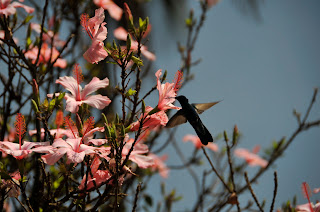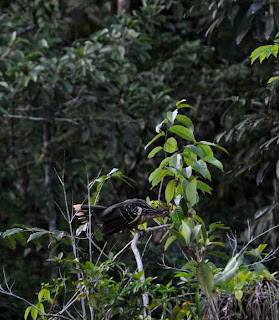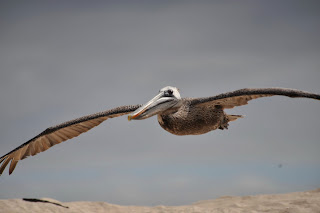

At a first glance, Lima is not nice at all. Especially driving in; had we flown in, perhaps I'd have had a different opinion. It's one of those sprawling metropolises with no beginning and no end, dusty and polluted. We went through several slums on the way in, in two occasions people tried to assault our big yellow truck. To be honest, I didn't know what to feel in those moments. Should poverty be an excuse for crime? Would my D200 be put to a better use had the attempted theft in Quito succeeded? Personally, I disagree. But at the same time, a big yellow truck full of gringos may indeed feel like a golden goose for those Limenos living in the slums.


We arrived in Lima to find ourselves in the middle of a religious festival. During the first weekend of October, Lima hosts the celebrations for the Senor de los Milagros (Lord of the Miracles), Lima's saint patron. Celebrations continue throughout October. Because of the purple robes and decorations adorning the city for this celebration, October is known as the mes morado (purple month). Our hotel was right on one of the streets the procession went through. Groups of men were carrying the heavy statue and other images of the Lord of the Miracles, whilst women chanted and waved frankincense. People threw rose petals as the sacred image passed under the balconies and windows of houses. The whole experience felt sacred and uplifting. It reminded me of my childhood, of the day of the saint patron in Arenzano, where I used to spend the summer with my family. That day, July 28th, was the highlight of my summer for years. I was allowed to eat plenty of sweets, and go to see the procession in the evening. I always marvelled at those men carrying the heavy crucifixes and images of saints. But the best were the fireworks at midnight. Looking at those magic patterns and flames in the sky I remember thinking I wanted to see the world.


After two days sightseeing in Lima, I changed my mind about the place. The city retained a certain aura of fascination, a faded elegance typical of those places whose moment of grandeur is well and truly gone. It reminded me of Casablanca. It was interesting to be there in the month of October, to witness a display of devotion that is becoming harder to find in our old Europe. In a courtyard near St Francis of Assisi's church there was a small food market, selling local food specialties. Alongside several types of sweets we were able to sample some roast pork rolls, on sale for 1 sol each (30 US dollar cent). Needless to say, we had 3 each. The pork was wonderfully moist, served with chilli and onions like ceviche. Peruvian food was wonderful, thus far. Wonder what the rest of Peru was going to offer.














































